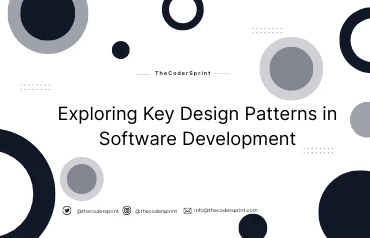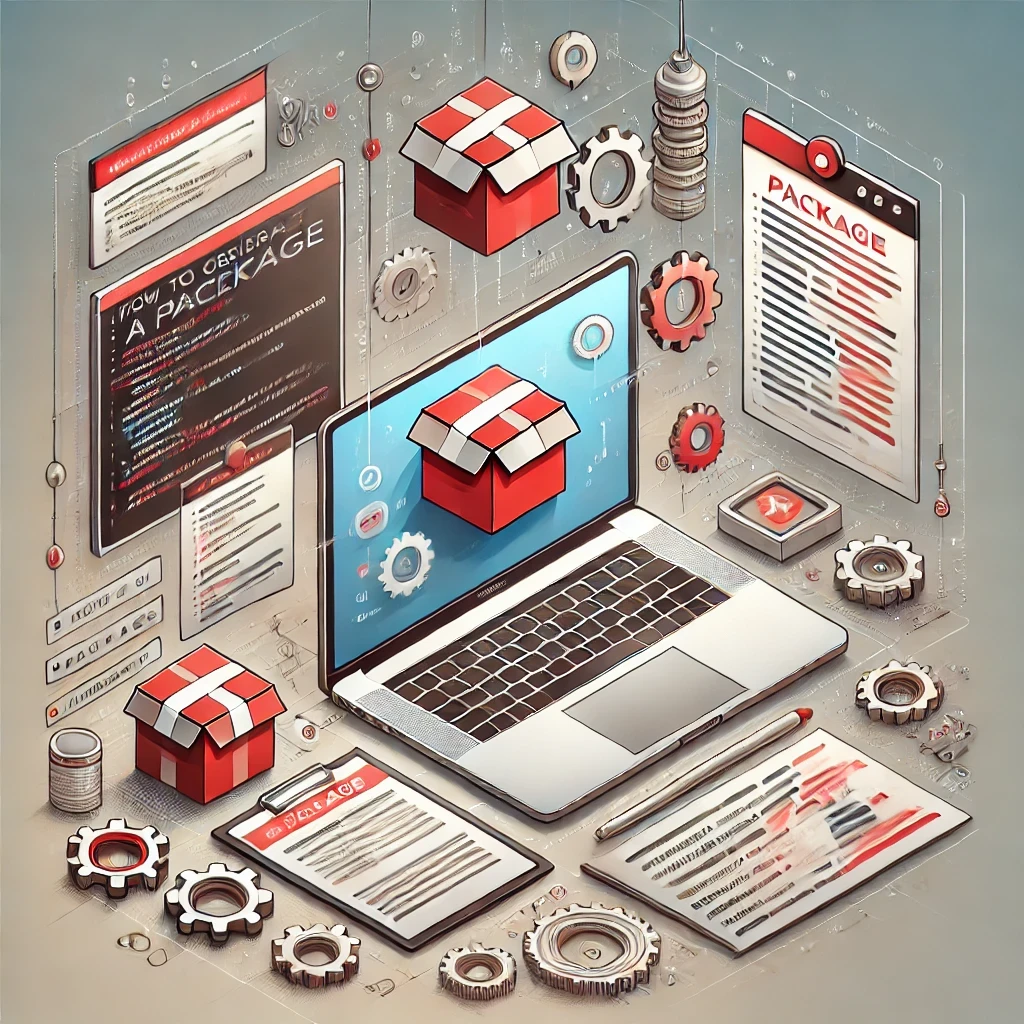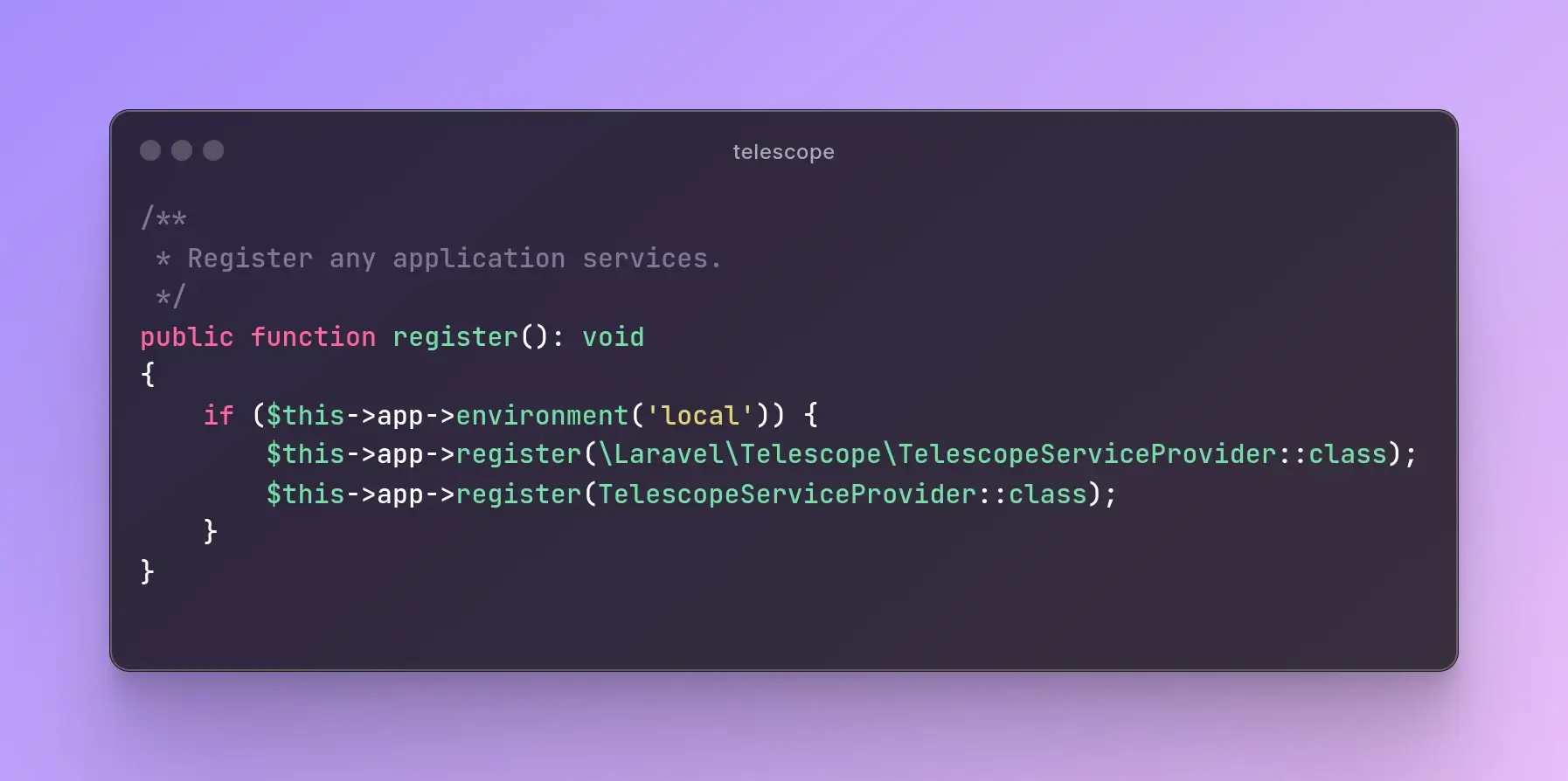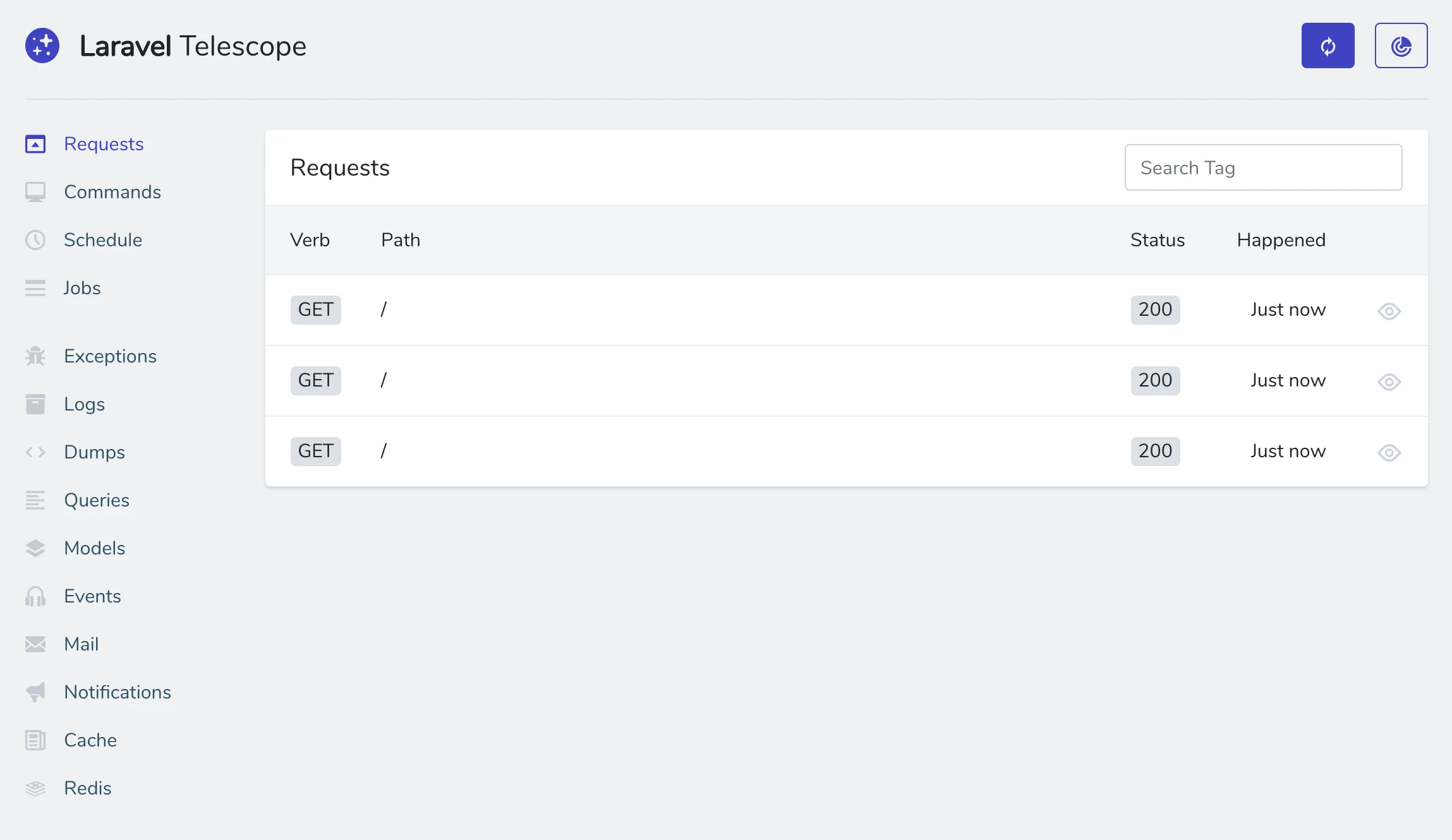
Exploring Key Design Patterns in Software Development
Design patterns are fundamental to software development, providing standardized solutions to common problems. In this blog, we read these five crucial design patterns: Singleton, Observer, Factory Method, Adapter, and Strategy. Each pattern offers unique strategies and implementations suited to particular scenarios, simplifying the coding process and enhancing software design.
1. Singleton Pattern
The Singleton pattern ensures that a class has only one instance and provides a way to access its instance globally. This is like having one and only one captain for a cricket team throughout a tournament, who is responsible for decision-making.
Scenarios:
- Configuration Settings: A single configuration manager that stores settings like site URL or API keys.
- Database Connection: Ensuring only one database connection is used to save resources.
- User Session Management: Handling the user session across the application to ensure that there is a single point of truth about the user's current state.
- Logger System: A single logger that handles all the logging throughout the application to maintain a consistent logging format.
- Cache Management: A central cache system that all parts of your application can use to retrieve or store cached data.
2. Observer Pattern
The Observer pattern allows objects to notify other objects about changes in their state. Think of it like a news app that sends notifications to users whenever there's a new story.
Scenarios:
- User Registration Notifications: Notifying the admin when a new user registers on the platform.
- Stock Market Updates: Updating investors when a particular stock price hits a threshold.
- Weather Alerts: Sending alerts to users about weather changes in their location.
- E-commerce Price Changes: Notifying users who wish-listed a product when its price drops.
- Game Scoring Updates: In multiplayer games, updating all players with the latest scores or game state changes.
3. Factory Method Pattern
The Factory Method pattern is a way to create objects where the type of object depends on the situation. It’s like a food delivery app that decides which type of cuisine to deliver based on user preference.
Scenarios:
- Document Renderer: Depending on the file type (PDF, Word, etc.), the system uses different rendering tools.
- Discounts Management: Creating different discount objects for festivals, first-time users, or clearance sales.
- Membership Plan: Depending on the user choice, instantiate different membership plans like Gold, Silver, or Platinum.
- Payment Processors: Based on the user's choice (Netbanking, UPI, Credit Card), instantiate the respective payment processor.
- Vehicle Factory: A vehicle factory that creates different types of vehicles (bike, car, auto-rickshaw) based on customer orders.
4. Adapter Pattern
The Adapter pattern helps incompatible interfaces to work together. It’s like having a mobile charger adapter that lets chargers of different types (US, UK, EU) plug into Indian sockets.
Scenarios:
- Payment Gateway Integration: Adapting an international payment gateway to align with local banking APIs.
- Legacy Software Integration: Integrating older software systems that use different data formats with new systems.
- Weather Services: Adapting different weather services to a standard format that your application can use regardless of the source.
- Social Media Connectors: Connecting to different social media APIs with a unified interface that adapts to all their different APIs.
- Database Access Adapters: Adapting different types of database access into a unified application interface, so switching databases doesn't require rewriting the code.
5. Strategy Pattern
The Strategy pattern is used when you need different formulas or algorithms to run based on the situation. It’s like choosing different transportation methods based on traffic, cost, and time constraints.
Scenarios:
- Transport Route Strategy: Choosing different routes based on traffic data.
- Image Rendering: Different algorithms for rendering images based on whether speed or quality is prioritized.
- Sales Tax Calculation: Different tax calculation strategies based on the state or country to comply with local tax laws.
- Data Compression: Different compression strategies based on the type of data (text, audio, video) to optimize performance.
- Promotional Strategies: Different marketing strategies for different types of customers like students, professionals, or seniors.
Conclusion
Understanding and implementing these design patterns can significantly optimize software development processes, ensuring more robust, scalable, and maintainable applications. By applying these patterns, developers can not only solve technical problems more efficiently but also enhance their strategic approach to project design and execution.
- Tags:
- #Design Pattern

Author: Manish Kumar
I've been working with PHP for over 11 years and focusing on Laravel for the last 6 years. During this time, I've taken part in big projects and gotten to know tools like Laravel Livewire really well. Besides working on projects, I enjoy writing about Laravel on LinkedIn and Medium to share what I've learned. I'm always looking to learn more and share my knowledge with others. Right now, I'm diving into new areas like using Docker to make web apps run better and exploring how to build them using microservices. My goal is to keep learning and help others do the same in the world of web development.
Recent Posts

How to Generate a Package in Laravel and Why It's Important
Manish Kumar
22 Jul 2024

Writing Clean Code in Laravel: Principles and Tools
Manish Kumar
15 Jun 2024

Basic Useful Commands for Developers
Manish Kumar
12 Jun 2024

Laravel Telescope: Debugging Made Easy (Part - 2)
Sonu Singh
25 Apr 2024

Laravel Telescope: Debugging Made Easy (Part - 1)
Sonu Singh
24 Apr 2024

Subscribe to Newsletter
Provide your email to get email notification when we launch new products or publish new articles